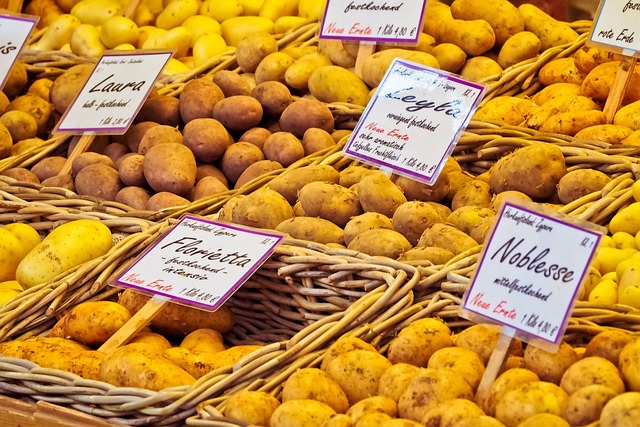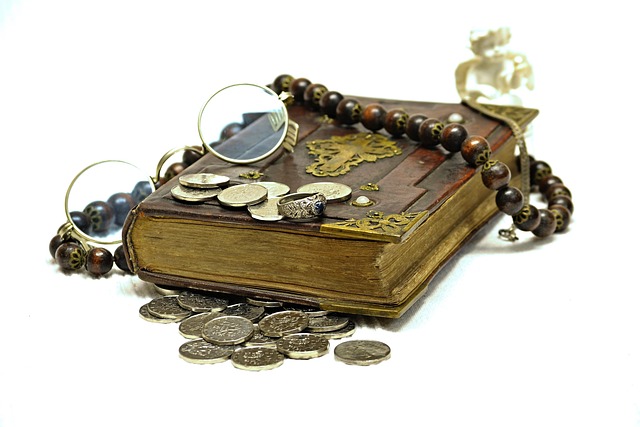Art translation for UK art catalogs and brochures is an intricate process requiring language expertise and artistic sensitivity. Translators must capture the aesthetic intent, cultural nuances, and specialized terminology while making content accessible to a global audience. Professional UK Art Catalogs and Exhibition Brochures Translation Services specialize in this domain, ensuring accurate representation of curators' visions. By immersing themselves in the source text, studying art contexts, and engaging target audiences, translators preserve artistic heritage and enhance international visitor experiences, as demonstrated by successful implementations at institutions like Tate Modern. Choosing a provider with cultural understanding, native-level proficiency, and localization expertise is crucial for effective communication in the global art scene.
In the realm of art, communication across languages is a delicate process, especially when translating UK art catalogs and exhibition brochures. This article delves into the unique challenges of art translation, highlighting the critical role of cultural sensitivity in presenting artistic visions accurately. We explore techniques to capture the curator’s intent and offer guidance on selecting language services providers for successful artistic projects. Through case studies, we demonstrate how strategic translations can enhance UK art catalogs’ impact, ensuring a vibrant exchange of artistic ideas worldwide.
- Understanding the Unique Challenges of Art Translation
- The Role of Cultural Sensitivity in UK Art Catalogs
- Techniques for Capturing Curator's Intent in Translation
- Choosing the Right Language Services Provider for Artistic Projects
- Case Studies: Successful Art Translation Projects in the UK
Understanding the Unique Challenges of Art Translation

Art translation, especially for exhibition brochures and UK art catalogs, presents unique challenges beyond simple word-for-word substitutions. The visual nature of art and its accompanying texts demand a delicate balance between conveying meaning and preserving aesthetic intent. Translators must not only understand the linguistic nuances but also grasp the artistic context to avoid losing the essence of the original content.
For instance, cultural references, idiomatic expressions, and metaphorical language used in art descriptions often require creative interpretations to find equivalent expressions in the target language. Additionally, ensuring accuracy in translating specialized art terminology while maintaining clarity for a general audience is a significant hurdle. UK Art Catalogs and Exhibition Brochure Translation Services must employ native speakers with a deep appreciation for both languages and art to navigate these complexities effectively.
The Role of Cultural Sensitivity in UK Art Catalogs

In the realm of UK art catalogs and exhibition brochures, cultural sensitivity is a game-changer that cannot be overlooked. These publications serve as gateways for audiences worldwide to engage with the rich artistic heritage of Britain, making accurate translation services indispensable. The challenge lies in capturing not just the literal meaning but also the nuanced context, ensuring that the curator’s voice resonates across cultures.
Professional translation services dedicated to UK art materials must consider more than language barriers. They must embrace cultural subtleties, historical references, and artistic jargon to deliver a meaningful experience. By doing so, they enable curators to convey their intentions effectively, fostering a deeper understanding and appreciation of the exhibits among international audiences. Thus, cultural sensitivity becomes a cornerstone in preserving the integrity of artistic expression across languages.
Techniques for Capturing Curator's Intent in Translation

When translating UK art catalogs or exhibition brochures, capturing the curator’s voice is essential to conveying the intended artistic message accurately. This involves a nuanced understanding of both the language and the artistic context. Translators should aim to reproduce not just the words but also the tone, style, and enthusiasm that the curator has imbued in their writing.
One effective technique is to immerse oneself in the original text, studying it closely to grasp the curator’s perspective. This includes familiarizing yourself with the artwork descriptions, historical context, and any unique terminology used by the curator. Additionally, engaging with the target audience—art enthusiasts or scholars, for instance—can provide insights into how the content might be received and interpreted in a different linguistic environment. Such approaches ensure that the translated material resonates with readers, effectively conveying the curator’s intent across languages.
Choosing the Right Language Services Provider for Artistic Projects

When it comes to artistic projects like UK art catalogs and exhibition brochures, choosing the right language services provider is paramount. Look for a company with deep cultural understanding and native-level proficiency in both the source and target languages. Expert translators who specialize in art and have an eye for detail can capture the essence and nuance of each piece, ensuring that the curator’s vision is accurately represented.
Consider providers that offer not just translation but also localization services. This means they tailor content to resonate with the target audience, respecting cultural differences and idiomatic expressions. For UK art materials, a service provider familiar with the British artistic scene and its specific terminology will be invaluable. They can help bridge the gap between the curator’s intent and international audiences, making your exhibitions accessible and engaging for all.
Case Studies: Successful Art Translation Projects in the UK

In the dynamic landscape of contemporary art, effective communication is paramount, especially when it comes to showcasing diverse artistic expressions. Case studies of successful UK art translation projects highlight the significance of specialized services in this domain. For instance, consider a recent exhibition at the Tate Modern in London, where a dedicated team of translators was instrumental in creating accessible UK art catalogs and exhibition brochures. By translating artistic concepts, critical analyses, and artist statements into multiple languages, they ensured an inclusive experience for both local and international visitors.
This initiative not only enhanced the overall visitor experience but also reflected the museum’s commitment to global cultural exchange. The project’s success can be attributed to the translator’s deep understanding of art historical contexts and their ability to capture the curator’s voice accurately. This approach, employing UK art catalogs and exhibition brochures translation services, has set a precedent for other cultural institutions, demonstrating that quality translation is key to fostering meaningful connections between artists, their work, and diverse audiences.
Art translation goes beyond mere word-for-word conversion; it involves capturing the essence of an exhibition and conveying it accurately to diverse audiences. As cultural barriers fade, the demand for high-quality UK art catalog and brochure translations grows, ensuring that artistic visions transcend languages. By combining cultural sensitivity with innovative translation techniques, professional services can effectively bridge the gap between artists’ intentions and global viewers, making art accessible and appreciated worldwide. Thus, investment in expert translation for UK art catalogs and exhibition materials is a pivotal step to enhance cultural exchange and appreciation.



